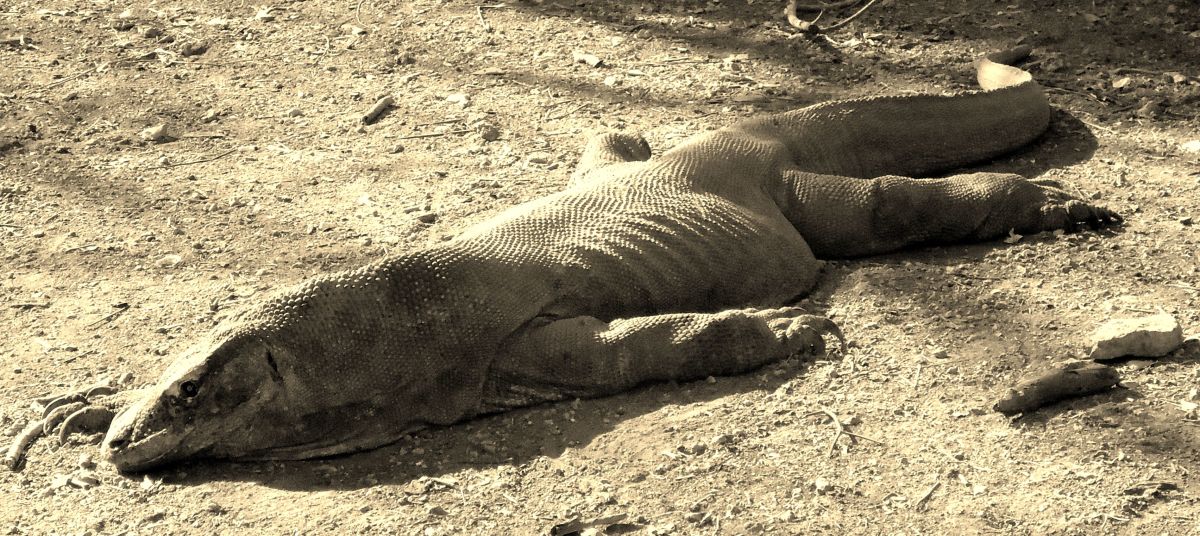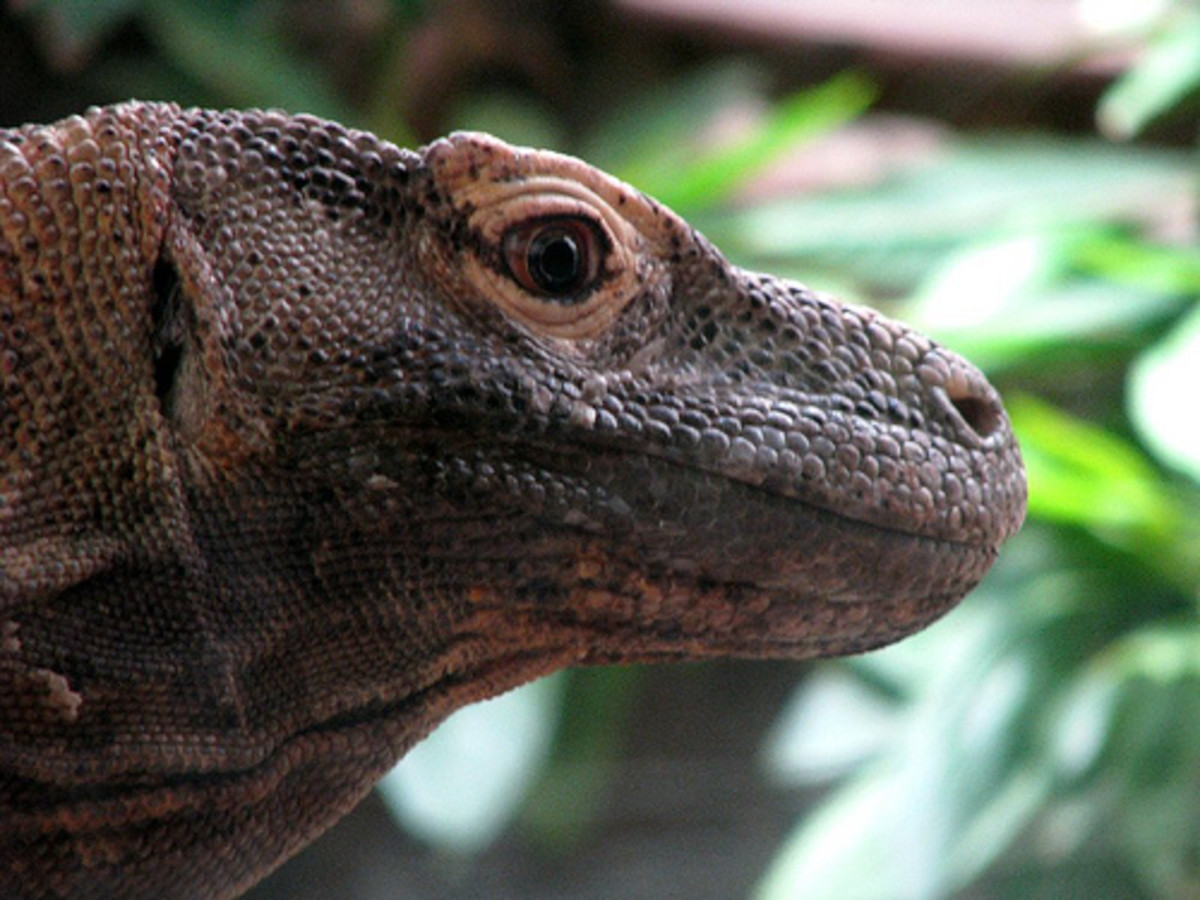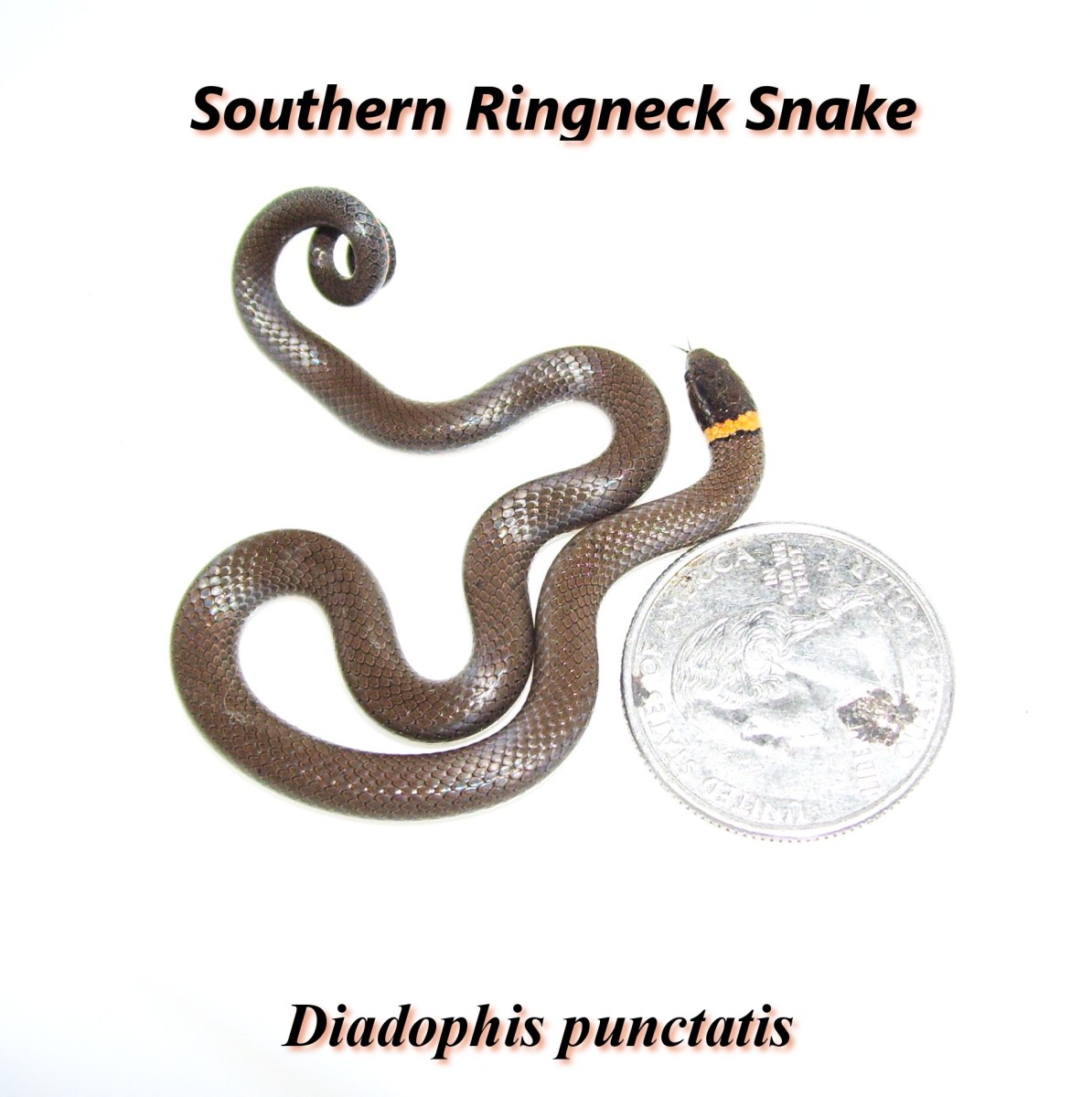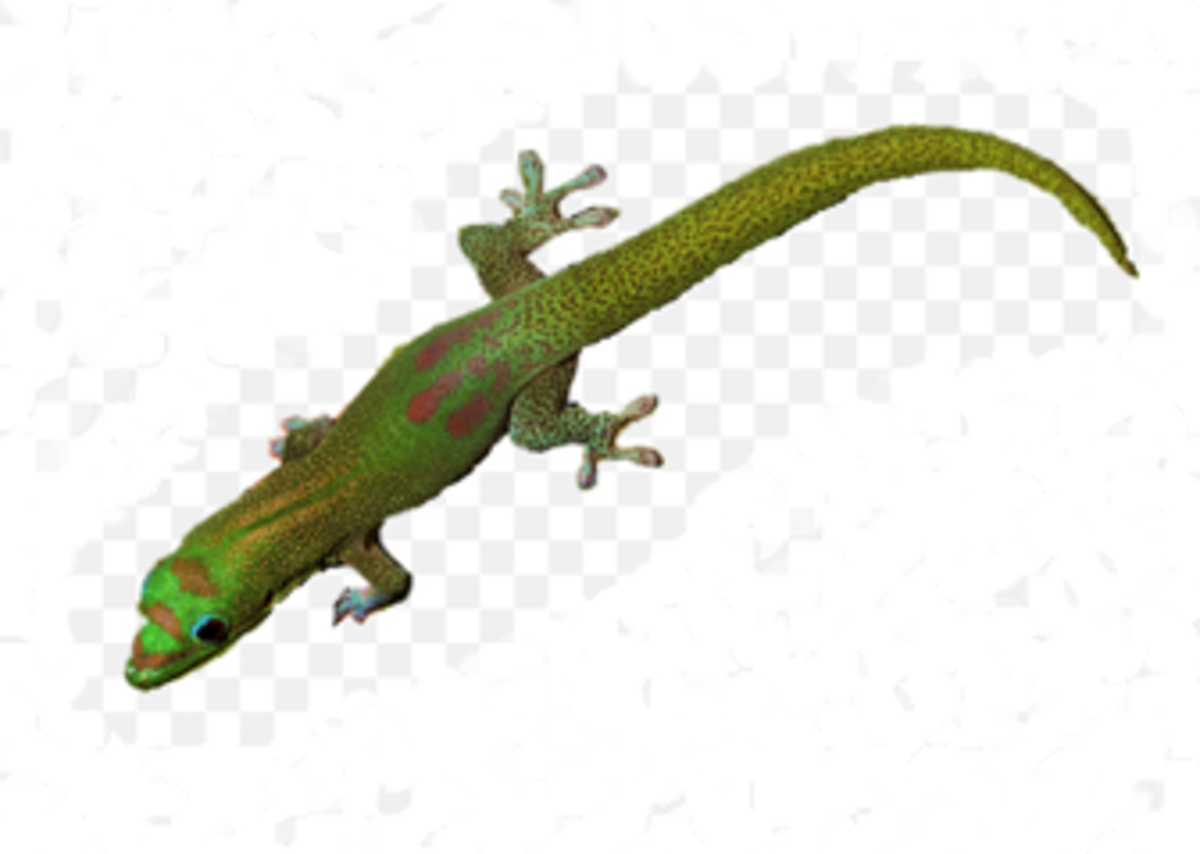Interesting Facts About The Komodo Dragon
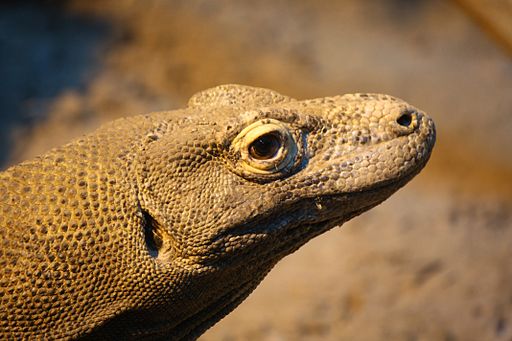
Komodo dragons are relatives of the giant monitors that lived in Australia approximately 3 to 4 million years ago. These giant land lizards vacated to the west to survive loss of habitat and poaching. Experts tell us that komodos moved to the islands of Indonesia more than 900,000 years ago. Although they have the same ancestry as Diapsids, a type of dinosaur, komodo dragons are not in any way related to these dinosaurs.
Physical Profile:
- Tongue: It is forked just like that of snakes. They use their tongues to smell dead animals or carrion within the area. They stick out their tongues to taste the air, as well as pick up any scent.
- Teeth: They have serrated curved teeth. Due to this the meat can get in between their teeth, making it prone to decays and growth of fatal pathogens
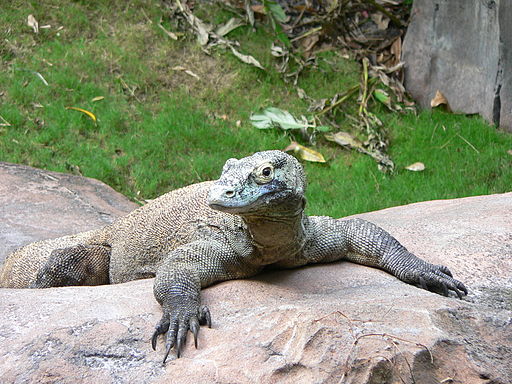
- Saliva: It is reddish in color and is deadly, as it contains 50 infectious agents. Even if the prey is able to escape from the attack, it will not survive for very long due to the deadly bacteria contained in the saliva. The komodo dragon will follow its prey until its death.
- Vision: They have great vision during the day and are able to see up to approximately 900 feet away. They do however have poor vision at night which is why they do their hunting during the day.
- Hearing: This is less developed compared to the other senses of the dragon. It can only hear a limited frequency range. (400 to 2000 hertz)
Additional Characteristics:
- They have strong legs and they can run short distances at a speed of 5 mph. Their legs are capable of climbing and ambushing even medium to large-sized animals. Dragons can consume prey that is 80% more than their own body weight.
- They can't breathe and run at the same time. This is why tthey have a gular pouch under their chin. This pouch is filled with air that is used for breathing while chasing after prey.
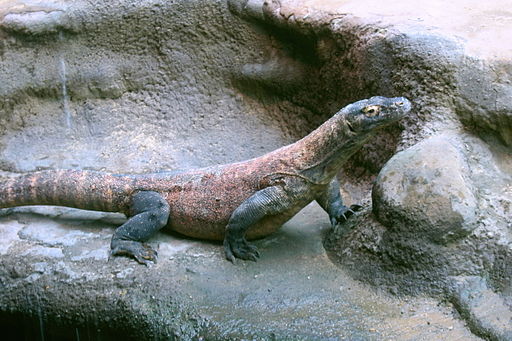
- They are cold-blooded animals and their body requires regulated temperature. Their body is warmed up under the sun, which is necessary, as extremely low body temperature can cause the food in their stomach to rot.
- During the rainy seasons, dragons stay inside the burrows to stay warm
- They are great swimmers as well.
- They are cannibalistic and will eat injured, young or old dragons.
Habitat
- Komodos survive in hot and dry climate. They naturally prefer forests, rocky terrains, coral reefs, swamps, beaches, grassy lands, bushes and dry river beds.
- These giant monitors are mainly found in Rinca, Komodo, Gili Motang and Flores, which are all islands of Indonesia
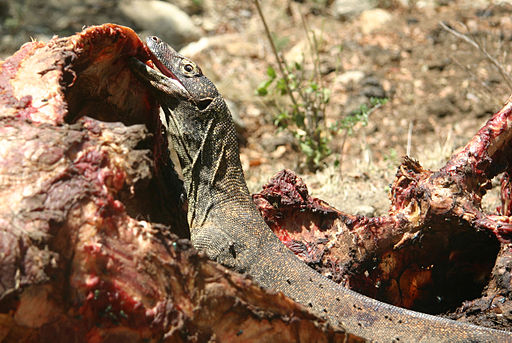
Diet
- Large Komodo dragons feed on larger animals like water buffalo, wild boar and deer among others. They also supplement on smaller animals like rats and birds.
- The amount of water they require is very limited in order to survive but they can live without food even for a week.
Reproduction
- Female Komodo dragons can lay 15 to 30 eggs. These eggs are not as hard as those of the hen. Instead, they are rubbery and the shell expands as the baby inside grows. Komodo eggs resemble a balloon filled with water.
- If the temperature is right, these eggs will hatch in 9 months, usually in April. The baby inside use an egg tooth or a special tooth to open the egg from inside. Once hatched, the babies stay on trees for shelter.
- Although Komodo dragons can procreate by means of sexual reproduction, they are also capable of parthogenesis or asexual reproduction.
Endangered
- The Komodo dragon is considered as the national animal of Indonesia and its exportation from the country can only be ordered by the President of the country. Sadly, these giant monitors are slowly disappearing due to the encroachment of their habitat and due to lack of food sources. Apart from that, earthquakes, volcanic eruptions, forest fires and tidal waves are also considered as contributing factors to their decreasing population.

